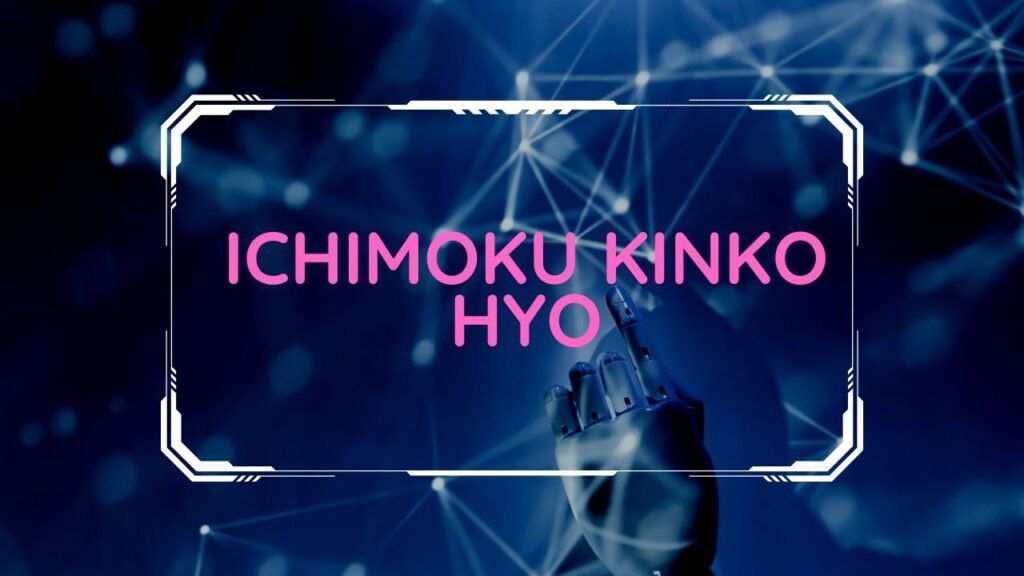
If you’re venturing into the world of technical analysis, you’ve likely encountered a wide array of indicators and tools. One such tool that has gained prominence in recent years is Ichimoku Kinko Hyo. This Japanese indicator, often referred to simply as “Ichimoku,” is a powerful and versatile tool for analyzing financial markets. In this guide, we’ll dive deep into Ichimoku Kinko Hyo, break down its components, and explore how it can help you make informed trading decisions.
What is Ichimoku Kinko Hyo?
Ichimoku Kinko Hyo, which translates to “one glance equilibrium chart” in Japanese, was developed by Goichi Hosoda, a Japanese journalist, in the late 1930s. It is a comprehensive indicator that provides a holistic view of the market at a single glance. Unlike many other technical indicators that focus on a single aspect of price action, Ichimoku Kinko Hyo incorporates multiple elements to offer a more complete picture.
Components of Ichimoku Kinko Hyo
To understand Ichimoku Kinko Hyo, you need to grasp its five main components:
- Tenkan-sen (Conversion Line): This is the fastest moving average within the Ichimoku system, calculated by averaging the highest high and lowest low over a specific period, often nine periods. It represents short-term momentum.
- Kijun-sen (Base Line): The Kijun-sen is a slower moving average, typically calculated over a longer period, often 26 periods. It provides insight into medium-term market trends.
- Senkou Span A (Leading Span A): This component represents the midpoint between the Tenkan-sen and Kijun-sen, projected forward 26 periods. It serves as the first leading indicator for future price movement.
- Senkou Span B (Leading Span B): Similar to Senkou Span A, but calculated over a longer period and projected forward 26 periods. It provides additional confirmation of future price movement.
- Chikou Span (Lagging Span): This is the closing price plotted in reverse, typically 26 periods in the past. It helps traders gauge the strength of current price momentum.
Using Ichimoku Kinko Hyo in Practice
Now that we’ve covered the essential components, let’s discuss how to use Ichimoku Kinko Hyo in your trading strategy. This versatile indicator can assist you in:
- Identifying Trends: The positioning of price relative to the Cloud (the shaded area between Senkou Span A and Senkou Span B) can indicate whether the market is in an uptrend, downtrend, or range-bound.
- Entry and Exit Points: The crossover of the Tenkan-sen and Kijun-sen, known as a “Tenkan-Kijun cross,” can be a powerful signal for entering or exiting trades.
- Support and Resistance: Senkou Span A and Senkou Span B can act as dynamic support and resistance levels, helping you identify key price levels.
- Confirmation: Chikou Span can provide confirmation of the current trend, adding another layer of analysis to your trading decisions.
Conclusion
Ichimoku Kinko Hyo is a remarkable tool that, when used correctly, can enhance your trading strategies. By incorporating the five key components and understanding their implications, you can gain valuable insights into market trends and make more informed decisions.
In our next installment, we will explore advanced strategies and real-world examples of Ichimoku Kinko Hyo in action. Stay tuned for more insights into this powerful indicator.
Now that you have a solid foundation in Ichimoku Kinko Hyo, it’s time to put your knowledge to the test in the world of financial markets.